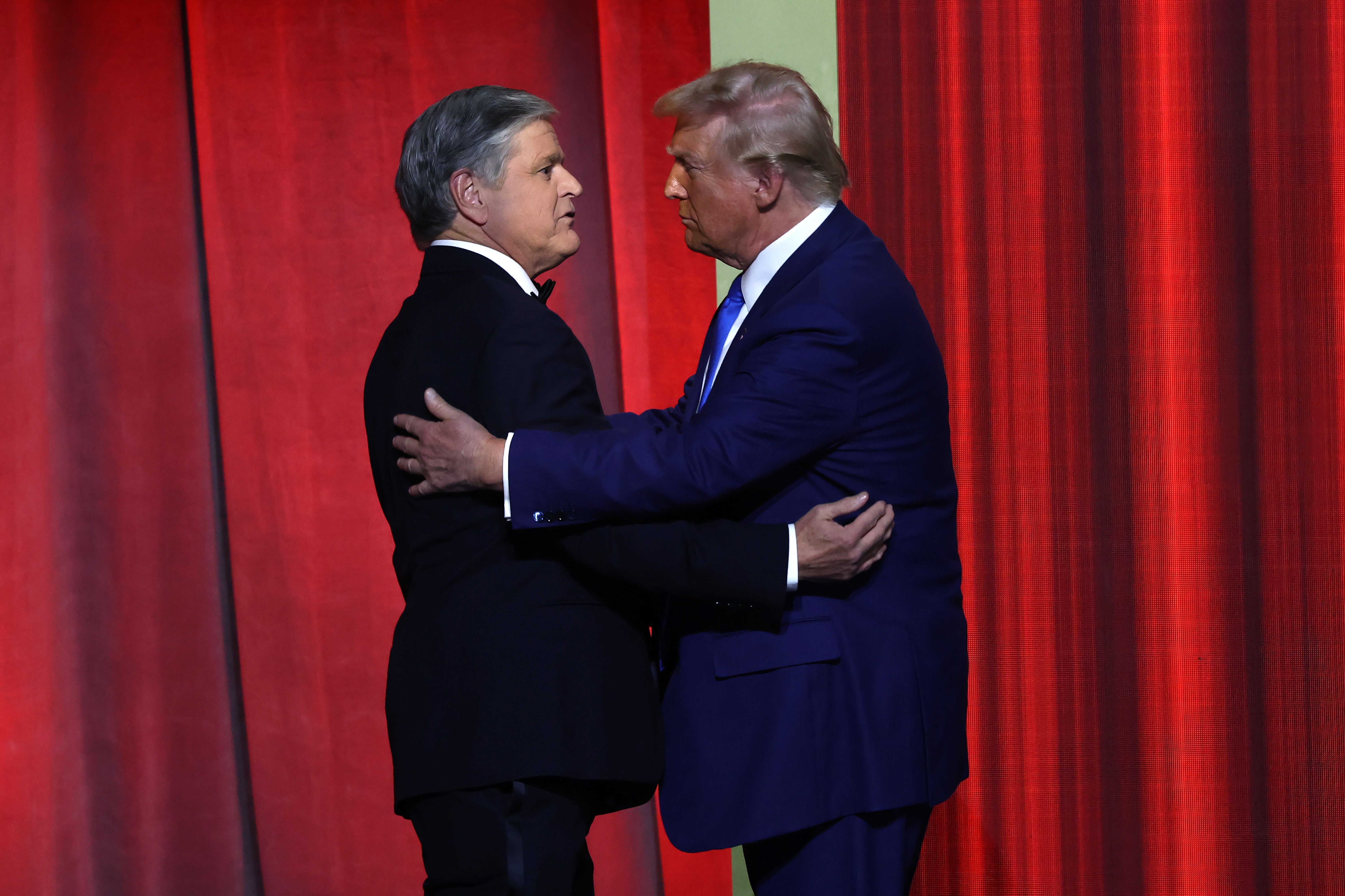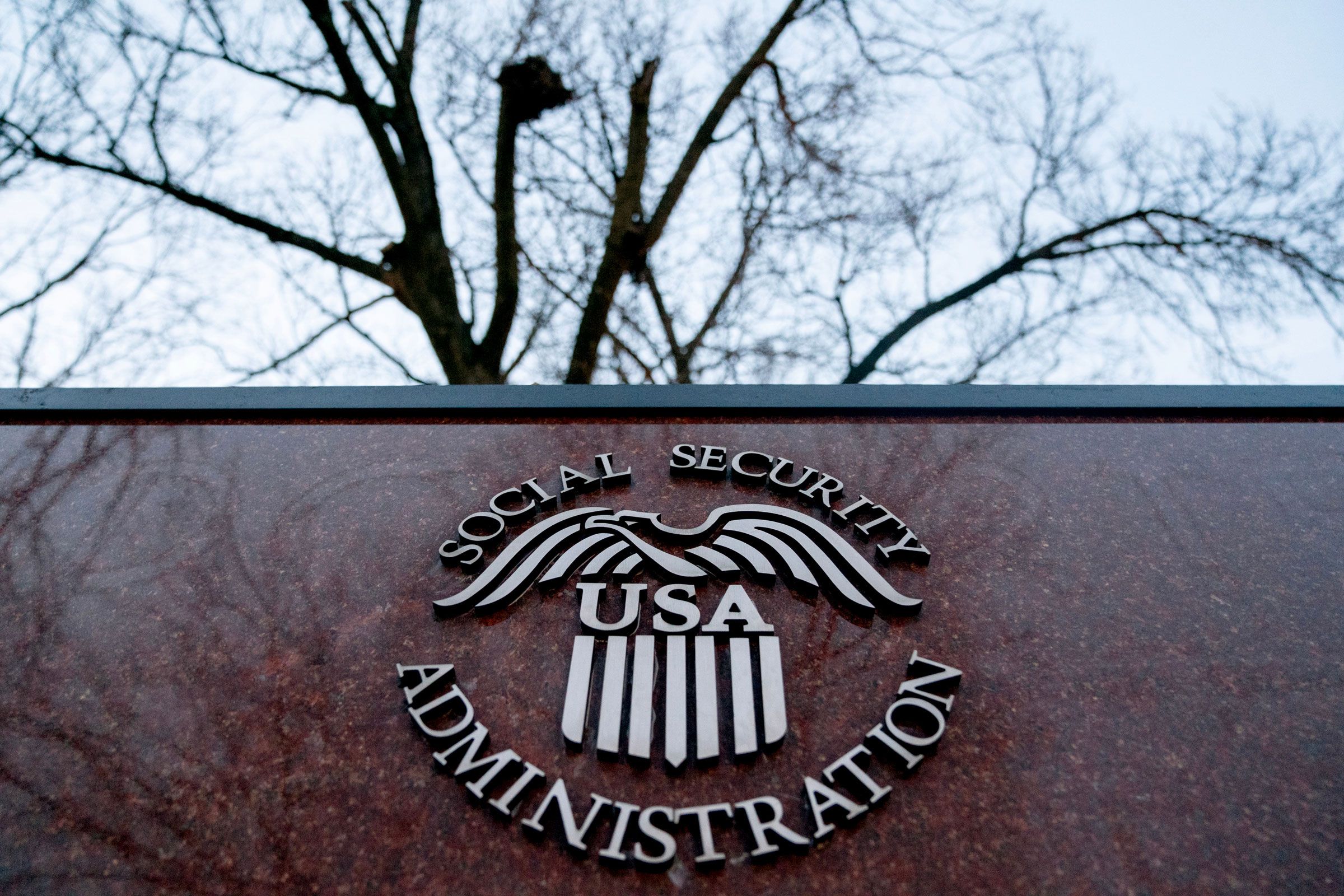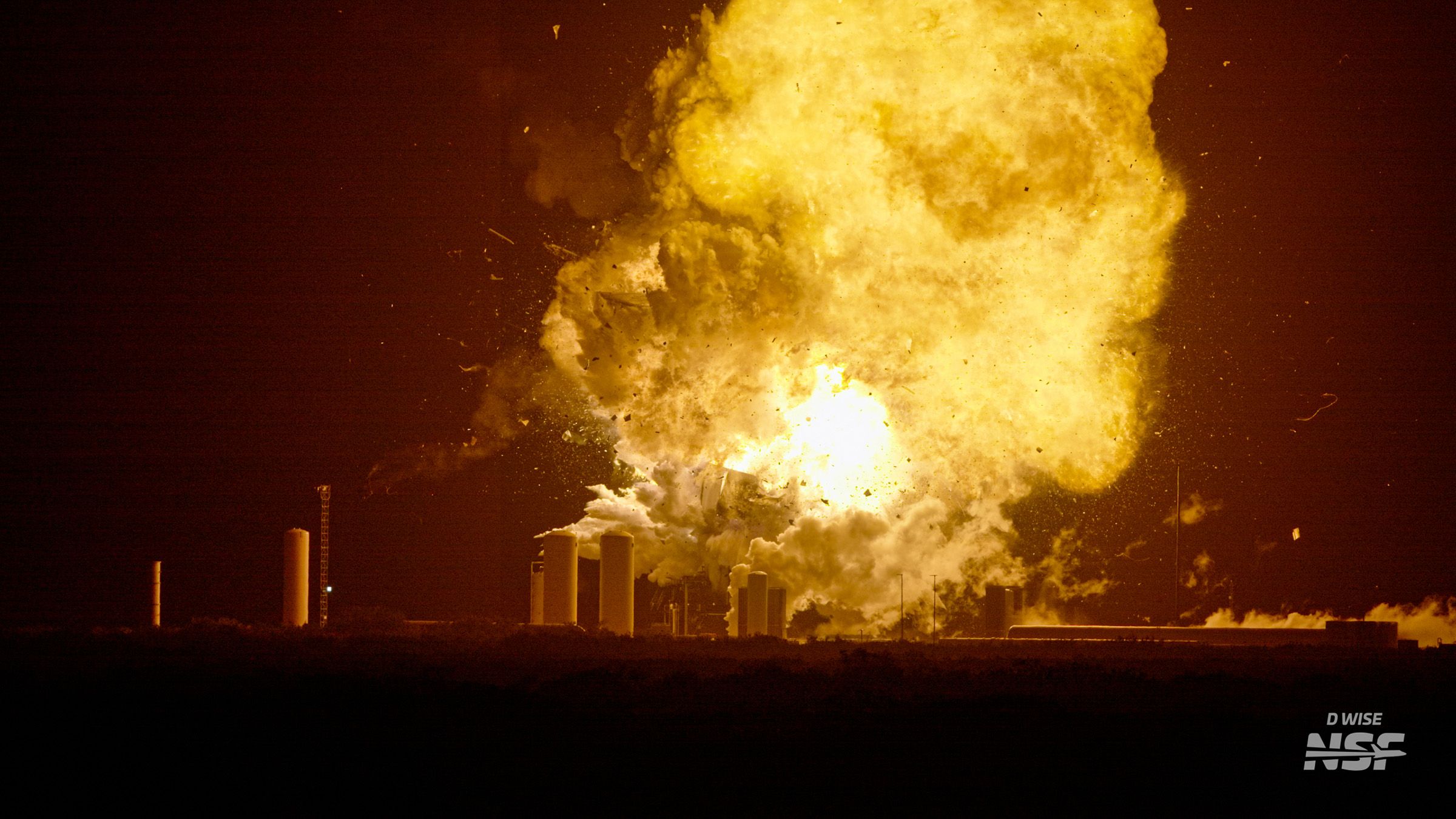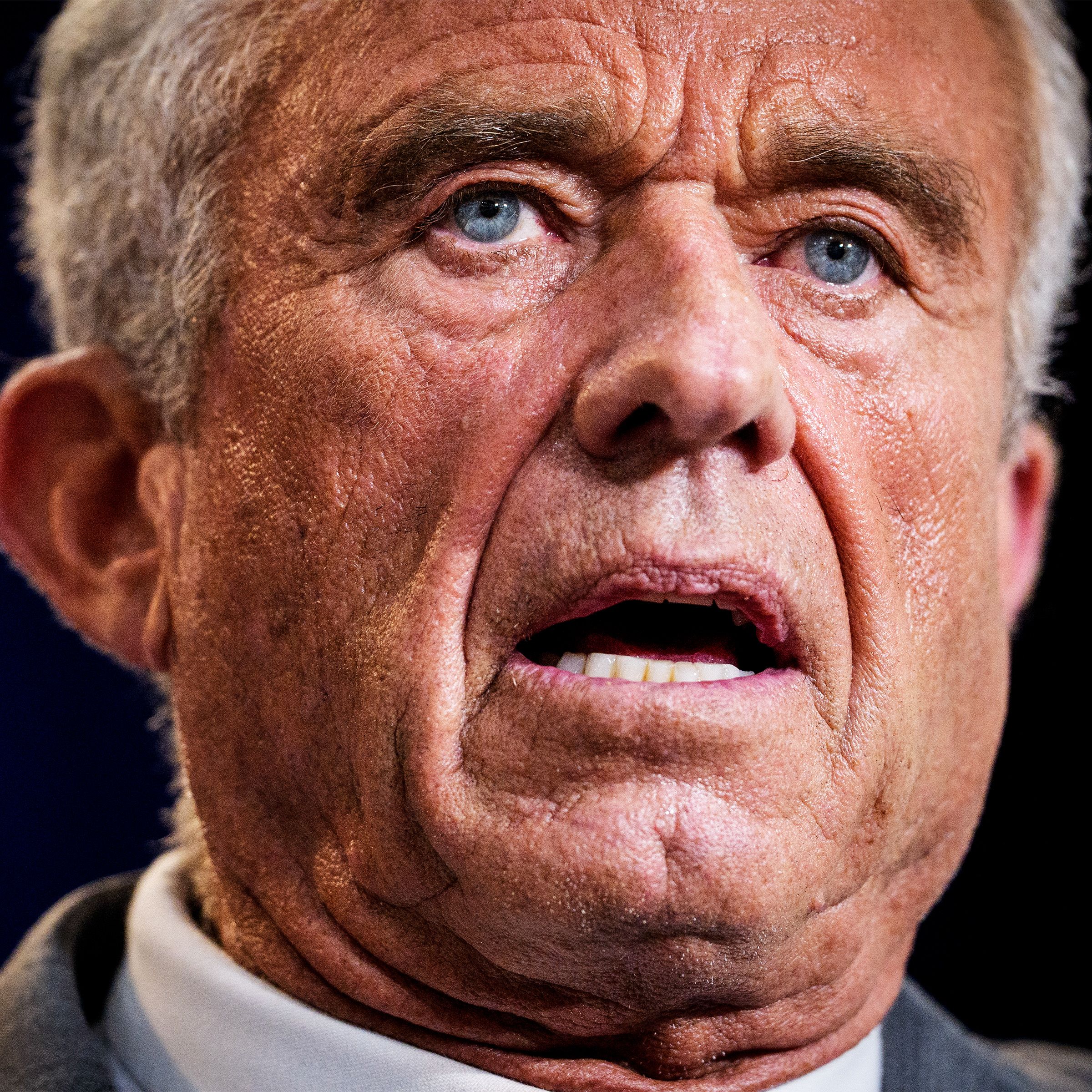Donald Trump and Sean Hannity Set Off a Wave of Disinformation After Iran Bombing
Donald Trump and Sean Hannity Set Off a Wave of Disinformation After Iran Bombing
Following the bombing in Iran, former President Donald Trump and conservative commentator Sean…

Donald Trump and Sean Hannity Set Off a Wave of Disinformation After Iran Bombing
Following the bombing in Iran, former President Donald Trump and conservative commentator Sean Hannity took to the airwaves and social media to spread misleading information about the incident.
Trump, known for his inflammatory rhetoric on Twitter, falsely claimed that the bombing was a “tremendous victory” for the United States, despite evidence to the contrary.
Hannity, a staunch supporter of Trump, echoed these sentiments on his popular Fox News show, further muddying the waters of an already complex situation.
Their dissemination of false information led to confusion among the American public and raised concerns about the spread of disinformation in the media.
Experts have warned that the propagation of false information by public figures like Trump and Hannity can have dangerous consequences, potentially inciting violence or escalating international tensions.
In the aftermath of the Iran bombing, it is more important than ever for the public to critically evaluate the information they consume and seek out reliable sources for news.
The incident serves as a reminder of the power and responsibility that public figures hold in shaping public perception and influencing public discourse.
Moving forward, it is crucial for journalists, politicians, and media personalities to prioritize truth and accuracy in their reporting and commentary.
The spread of disinformation can have far-reaching effects and undermine the democratic process, making it imperative that we hold those who spread false information to account.
Only through a commitment to factual reporting and honest dialogue can we hope to combat the scourge of disinformation and foster a more informed and engaged citizenry.






